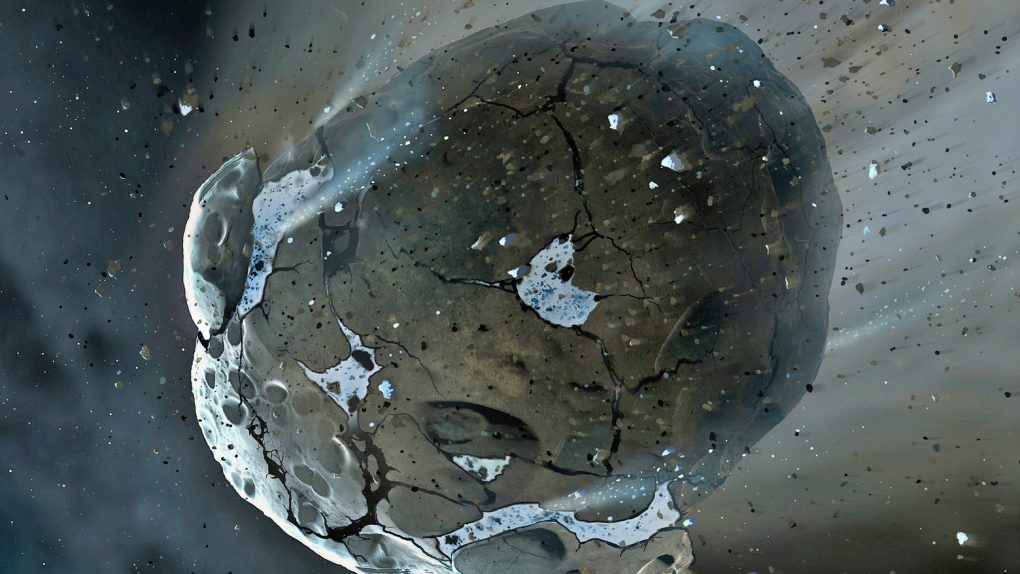It’s Monday, and since you didn’t die in a fiery apocalyptic hellscape over the weekend that means that the massive space rock named 3200 Phaethon didn’t collide with Earth when it made its closest approach on Saturday evening. Congratulations!
Asteroid strikes are rare – at least on the timeline of human existence — and close calls from potential “planet killer” rocks are rarer still. At a distance of around 6 million miles from our planet, this most recent visit from 3200 Phaethon doesn’t really qualify as a hand-wringer, but it’s peculiar orbit around the Sun will lead it to a much closer encounter with Earth before the end of the century.
The 3200 Phaethon asteroid is remarkable for a couple of reasons, including the fact that at three miles wide it could do some very serious damage if it were to strike our planet, but the thing that astronomers find most odd about the object is the shape of its orbit. The path that gravity has put it on brings it extremely close to the Sun, and it gets closer to our star than any other named asteroid on record.
For the time being, the large rock doesn’t pose a threat, as it is now headed back towards the Sun and will continue to loop around before making another appearance in our neck of the woods. In the year 2093, however, things will get a bit more dicey. That’s when, according to NASA, 3200 Phaethon will swoop back towards us and come within 1.8 million miles of Earth. That’s still a reasonably safe distance, especially for a projection that is only around 75 years away, but it’s still close enough that scientists will be keeping a close eye on it.
Astronomers haven’t revealed any further projections that indicate a reason to worry about this particular asteroid, but the predictions of the orbital models grow less reliable the longer you stretch them out. For now, 3200 Phaethon is a friendly visitor, but there’s no telling what problems it could cause future generations.








